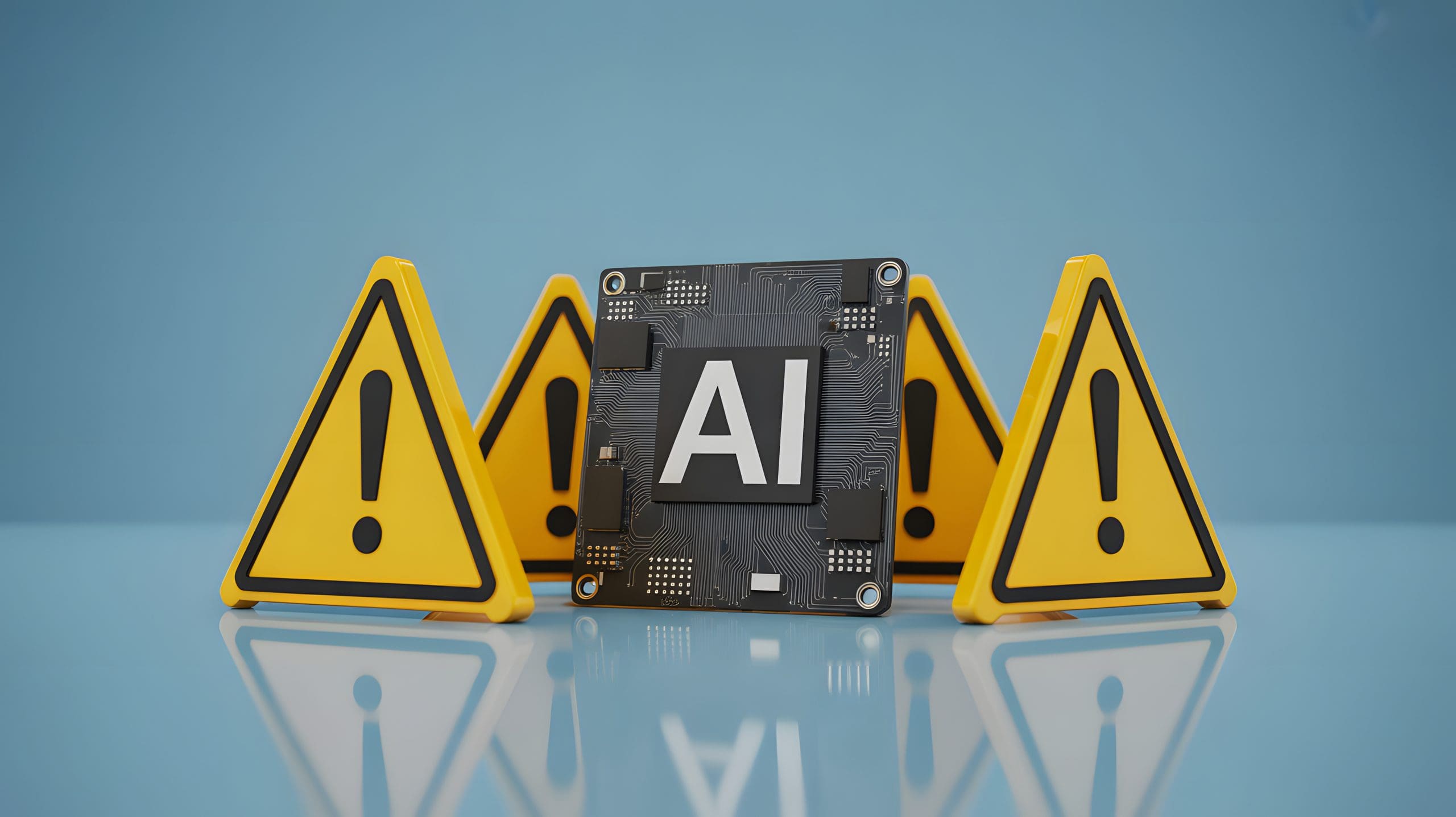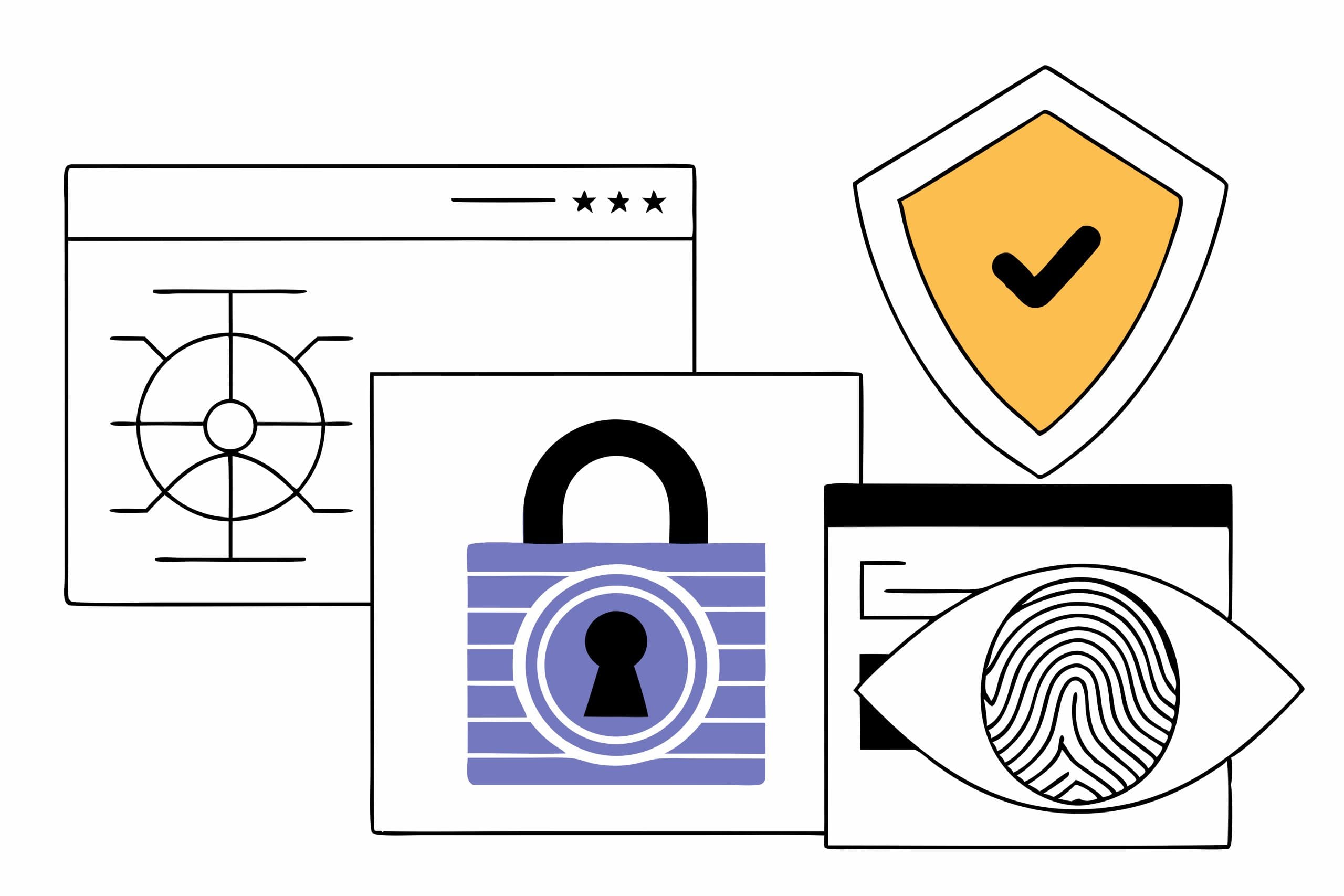
AI crawlers aren’t just visiting your website — they’re changing how search engines work.
These automated systems collect data to train large language models (LLMs), such as ChatGPT, Claude, and Gemini. In doing so, they’re rewriting the rules for visibility, traffic, and SEO.
Recent data from SEMrush and Gartner shows that Google’s AI Overviews have lowered average click-through rates by nearly 18%. That means fewer people are reaching your site — even when you rank well.
If your business relies on organic search traffic, this shift matters.
What Are AI Crawlers?
AI crawlers are automated agents built by AI companies to collect large amounts of web data for model training.
Unlike traditional search crawlers that index pages for public search results, AI crawlers often extract entire sections of text, code, and media to train systems like OpenAI’s GPT models, Anthropic’s Claude, and Google’s Gemini.
Common AI user agents include:
- GPTBot (OpenAI)
- Google-Extended (Google)
- Claude-Web (Anthropic)
- CCBot (Common Crawl)
- Meta-ExternalAgent (Meta)
These bots visit websites, process HTML, and sometimes execute JavaScript to capture dynamic content. Many websites fail to follow robots.txt or adhere to standard crawl budgets, which can result in server overload, bandwidth depletion, and unauthorized copying of valuable data.
How AI Crawlers Differ From Search Engine Bots
Traditional search bots (like Googlebot or Bingbot) crawl websites to help users find pages in search results. They respect most site settings — including robots.txt, rate limits, and sitemap rules.
AI crawlers, on the other hand:
- Collect data for model training, not public search.
- May ignore robots.txt or spoof user agent strings to avoid detection.
- Can execute JavaScript to scrape hidden or interactive content.
- Often sends large bursts of automated traffic that overwhelm smaller servers.
In short, these AI agents don’t just index your pages — they learn from them, often without explicit permission.
Why Your Brand’s Search Presence Is at Risk
Every brand depends on visibility — especially on Google’s first page.
But as AI-powered search grows, more traffic is being redirected to AI-generated summaries instead of your website.
Here’s what that means:
- Your content becomes training data: AI systems pull and repackage your material into summaries and responses without driving users back to your site.
- Your crawl budget gets wasted: Automated AI traffic consumes server resources that should be allocated to serving real users.
- Your analytics can become distorted: AI bot traffic inflates impressions and skews engagement data, making it harder to track actual performance.
- Your authority erodes: If AI models reuse your information without credit, your brand’s expertise can get lost in aggregated results.
In effect, AI scraping turns your original work into someone else’s dataset — while your visibility declines.
How to Identify AI Crawler Traffic
Most AI bots identify themselves with user agent strings, though many can be easily spoofed.
You can spot suspicious crawler traffic in your server logs by looking for:
- Unknown or generic user agent names (python-requests, curl, Go-http-client, etc.)
- Abnormal traffic spikes at off-peak hours
- High request counts from the same IP ranges
- Visits that don’t execute user actions (no clicks, no scrolls, no engagement)
Tools like Cloudflare, Google Search Console, and log analyzers can help identify and flag automated traffic, thereby differentiating AI crawlers from legitimate visitors.
The Hidden Cost of AI Bot Traffic
AI crawler traffic doesn’t just take your data — it drains your resources.
Each automated visit uses bandwidth, processing power, and sometimes triggers paid analytics or CDN costs.
For smaller sites and eCommerce platforms, the effects include:
- Slower site speed due to overloaded servers
- Inaccurate performance data caused by non-human visits
- Higher hosting costs from unnecessary automated requests
Over time, this can impact SEO performance and even result in rate-limit penalties if Google’s legitimate crawlers are unable to access your site efficiently.
Why Blocking AI Crawlers Isn’t Always Simple
In theory, blocking AI crawlers is straightforward: disallow them in your robots.txt or firewall rules.
In practice, it’s complicated.
Many AI user agents are inconsistent, easily spoofed, or masked behind cloud networks like AWS or Microsoft Azure. Others use open-source crawlers (like Common Crawl) that appear legitimate.
This makes it challenging for website owners and security teams to block AI scraping without inadvertently blocking legitimate users or essential services.
Still, it’s possible to limit exposure by:
- Adding disallow rules for known AI agents in your robots.txt
- Setting rate limits and firewall filters in your Cloudflare or server settings
- Blocking suspicious IP ranges after log review
- Using CAPTCHA or challenge-response tools to separate humans from bots
How AI-Powered Search Is Rewriting SEO
AI-driven search platforms, such as Google SGE, Bing Copilot, and Perplexity, are transforming how users find information.
Instead of sending clicks to individual sites, they summarize content directly on the search results page.
That means your content may power these summaries — but your brand doesn’t always get the credit or the traffic.
To adapt:
- Focus on EEAT principles (Experience, Expertise, Authoritativeness, Trustworthiness).
- Publish original research and first-party data that AI can’t replicate.
- Use structured data and schema markup to reinforce authorship and context.
- Monitor queries and impressions in Search Console to track changes in real user behavior.
AI-powered search isn’t removing your visibility entirely — but it’s redistributing it.
The challenge is ensuring your brand remains visible even as search becomes more conversational.
How to Protect Your Brand’s Content
To safeguard your site against unauthorized AI scraping and maintain control over your intellectual property:
- Monitor server logs regularly to track new or unknown user agents and unusual traffic patterns.
- Restrict access for AI crawlers by disallowing agents such as GPTBot, Claude-Web, and Meta-ExternalAgent in your robots.txt file and firewall settings.
- Leverage tools like Cloudflare to apply rate limits and filter automated requests effectively.
- Include clear legal and policy notices on your site to specify how your content may or may not be used by AI platforms.
- Protect key assets by watermarking or fingerprinting media and proprietary research.
- Stay updated with the latest AI crawler lists from publishers and web standards organizations to keep your defenses current.
Taking these steps won’t stop every bot, but it helps reduce data misuse and preserve site performance for real users.
The Future of Search in the Age of AI Crawlers
AI crawlers aren’t going away — they’re becoming part of how the internet operates.
Over time, search results will likely merge more AI-generated summaries with traditional links, emphasizing verified and trustworthy sources over generic content.
For brands, this means:
- Visibility will depend more on credibility than volume.
- Original, verifiable content will carry more weight than repackaged information.
- Strong technical SEO and crawler management will remain essential to protect your data.
AI models may train on your words, but your brand still controls how it presents itself online. The key is staying proactive — not reactive.
Final Thoughts
AI crawlers have made the internet faster, smarter, and more unpredictable.
They’ve blurred the line between helpful automation and unauthorized data scraping — and that’s a real threat to brand visibility.
Whether you manage an e-commerce store, a news organization, or a professional service site, the same principle applies:
Protect your data, monitor your traffic, and adapt your SEO strategy to the realities of AI-powered search.
Your brand’s voice is valuable — don’t let it become someone else’s training data.
You might also like
What Happens When Reputation Meets Cross‑Border Surveillance Tools
AI crawlers aren’t just visiting your website — they’re changing how search engines work.These automated systems collect data to train …

